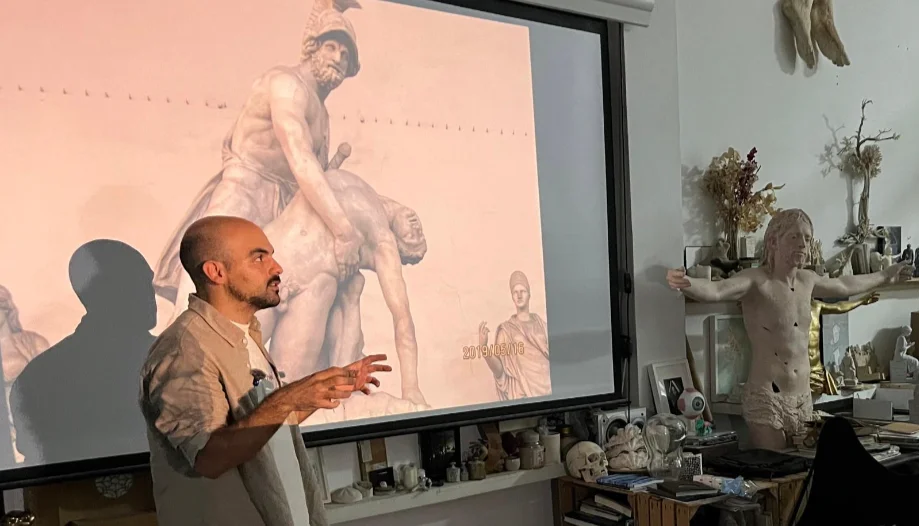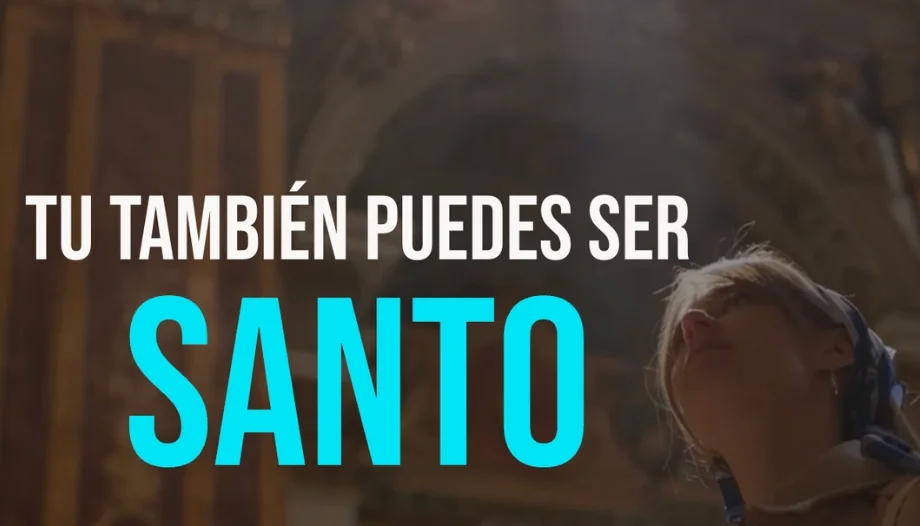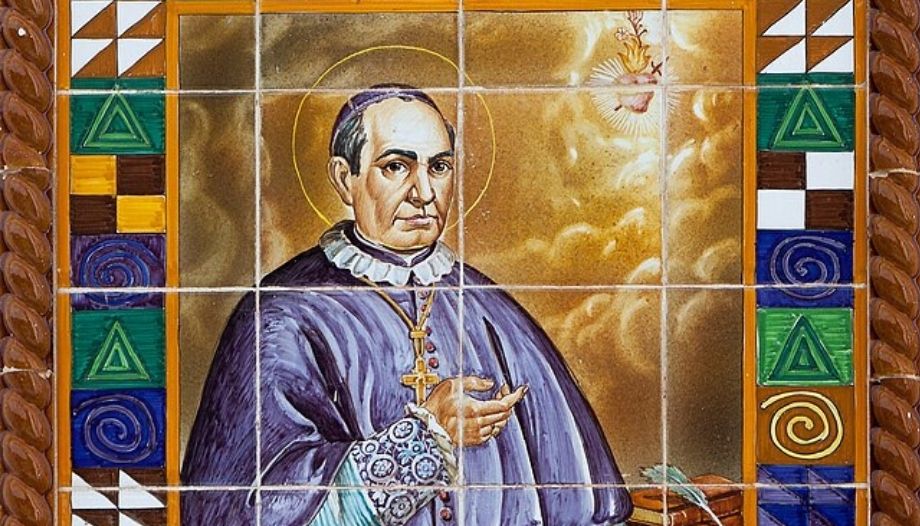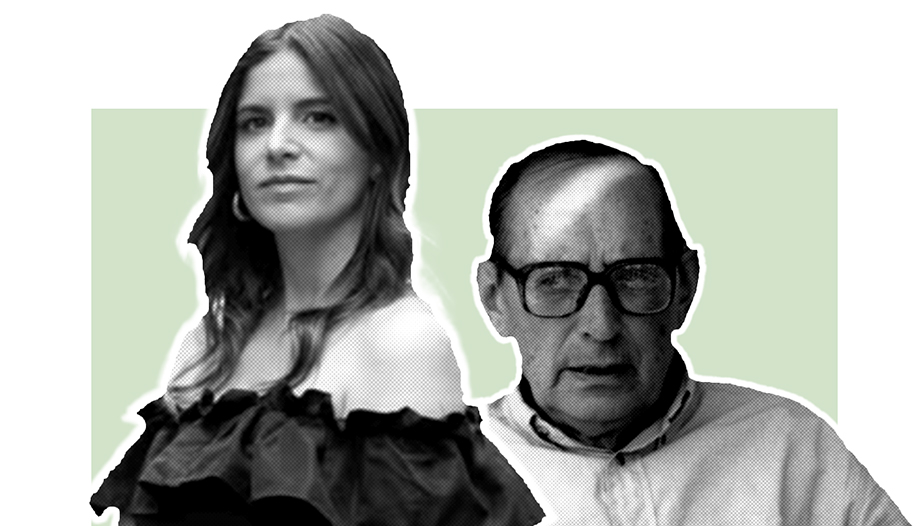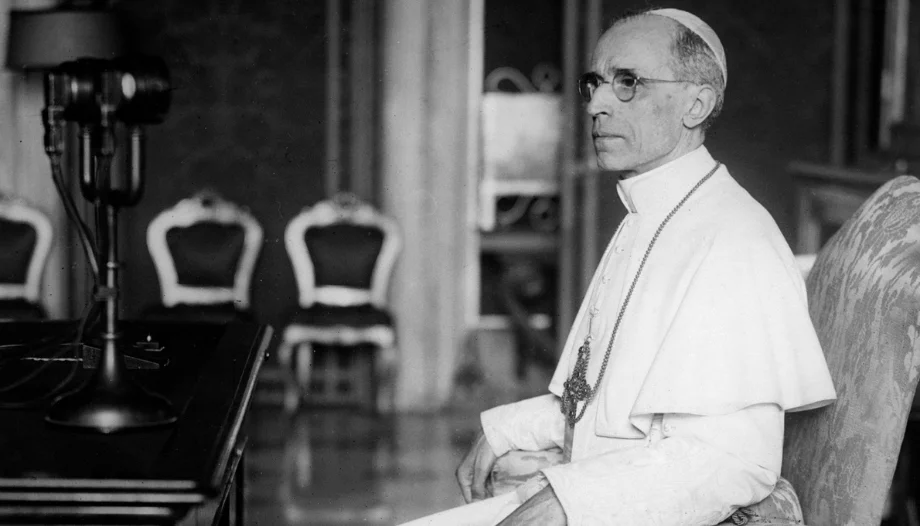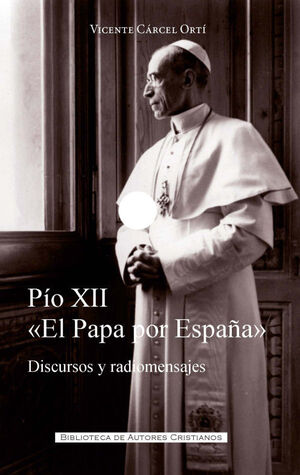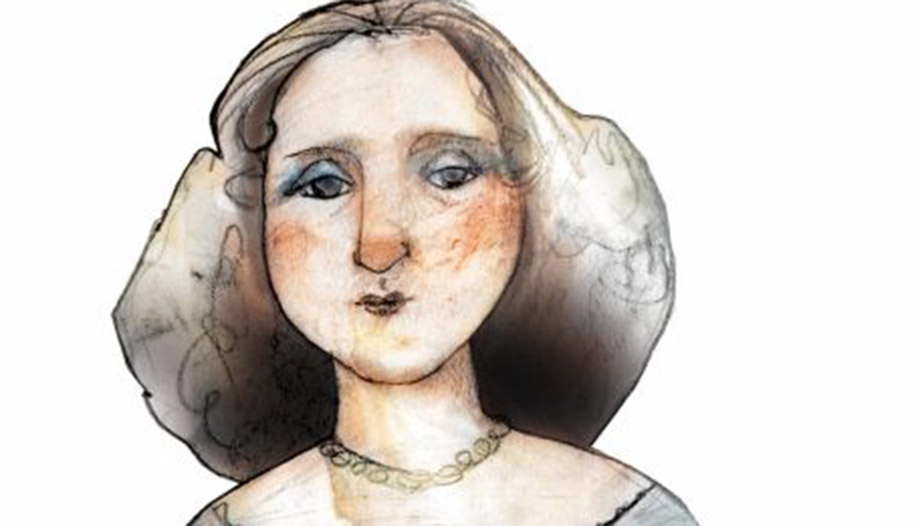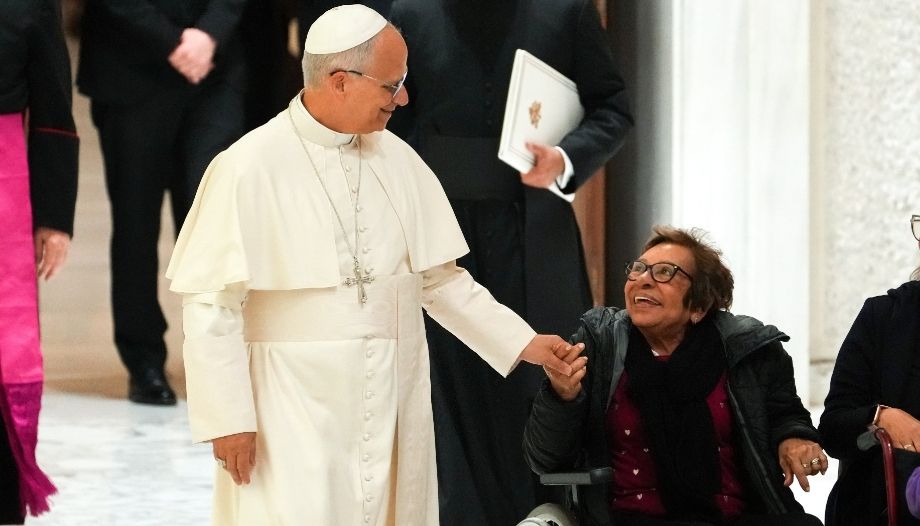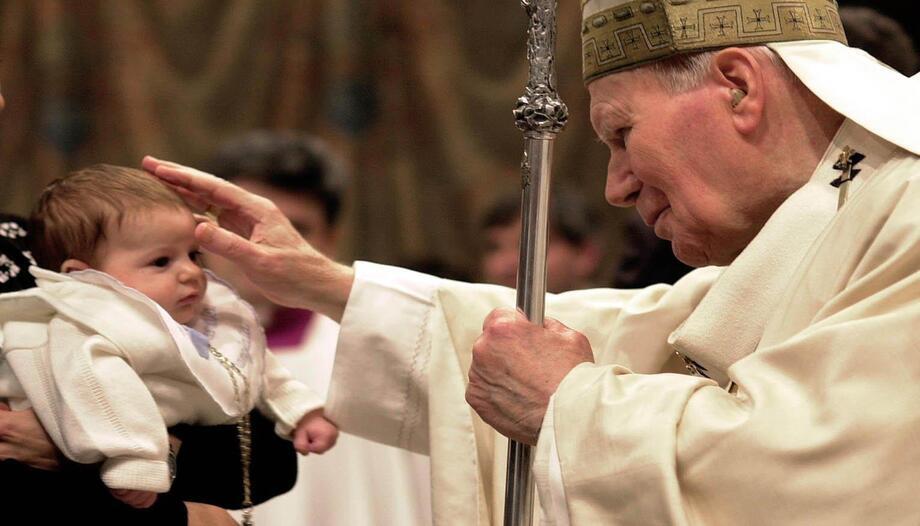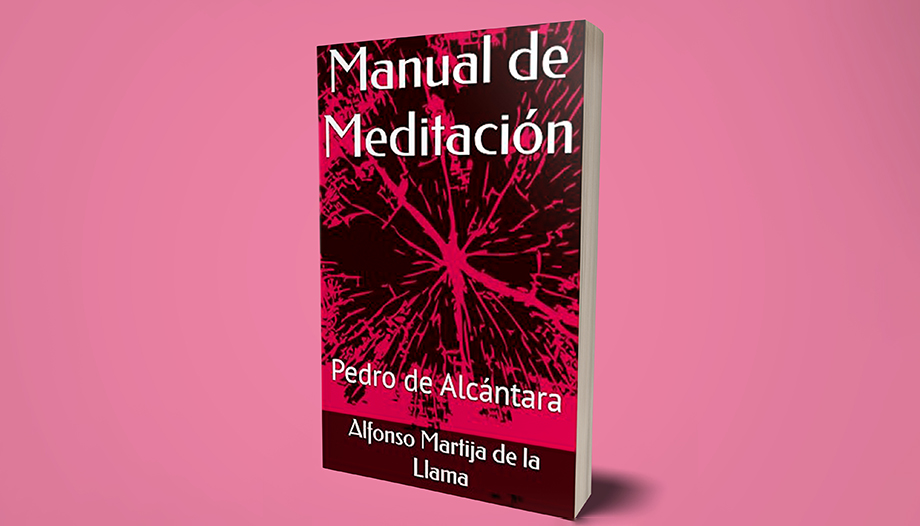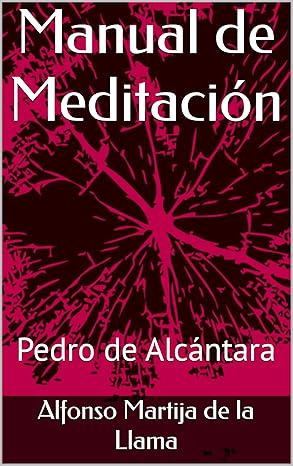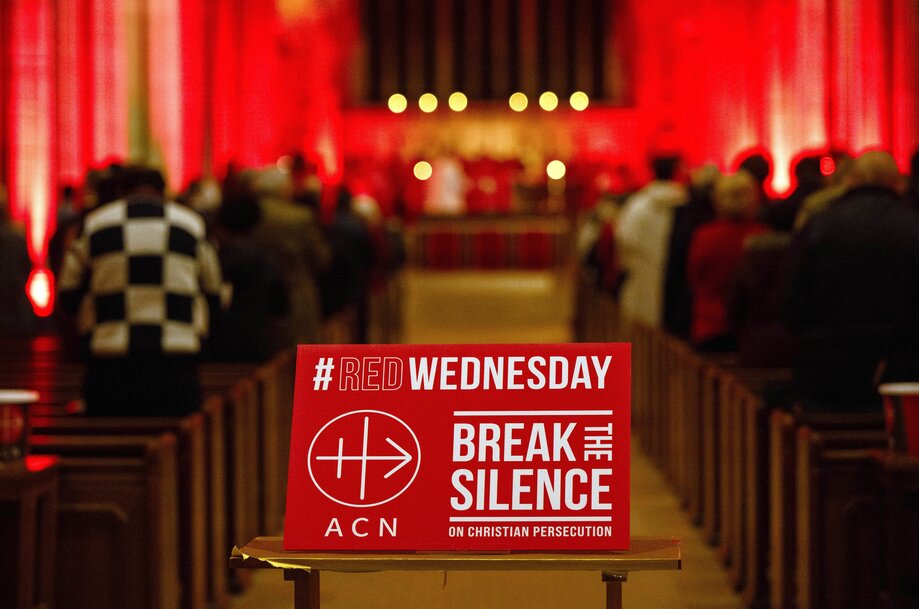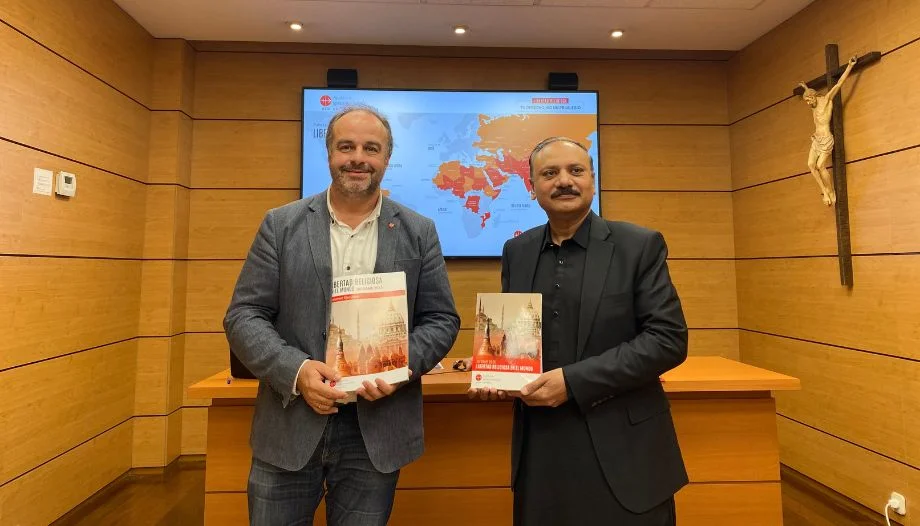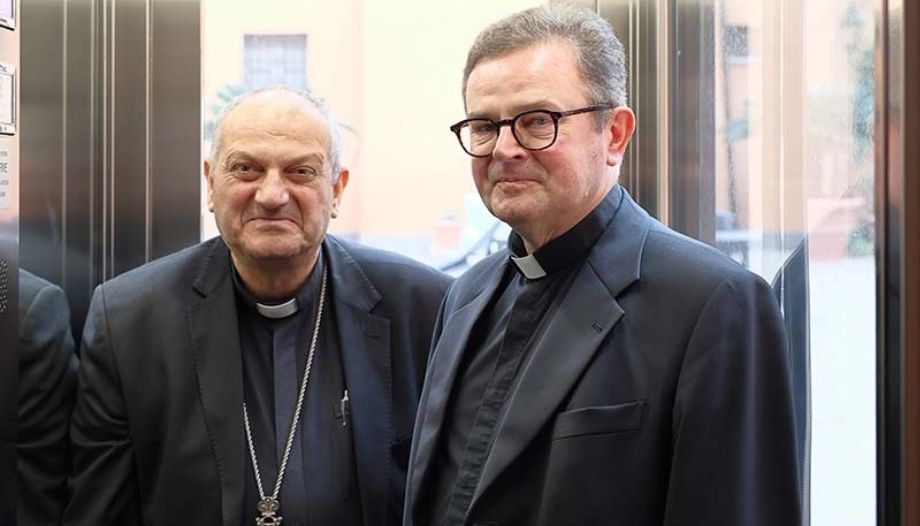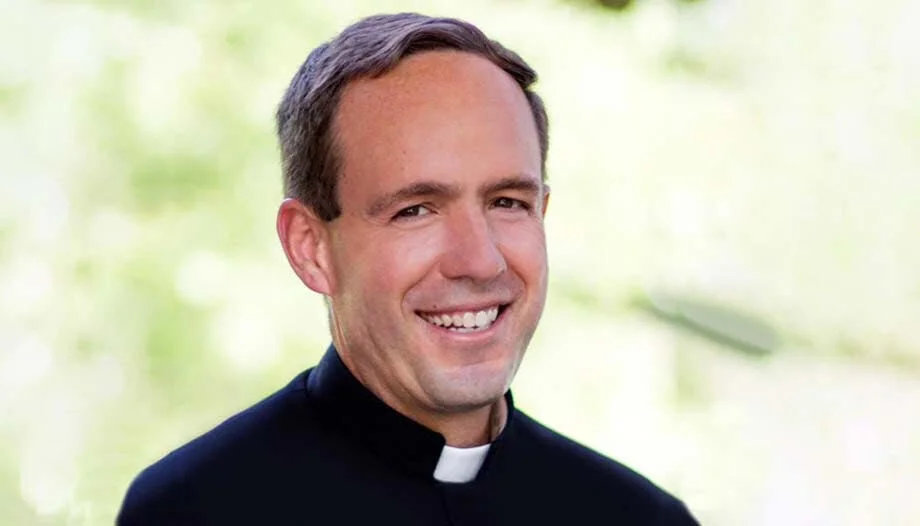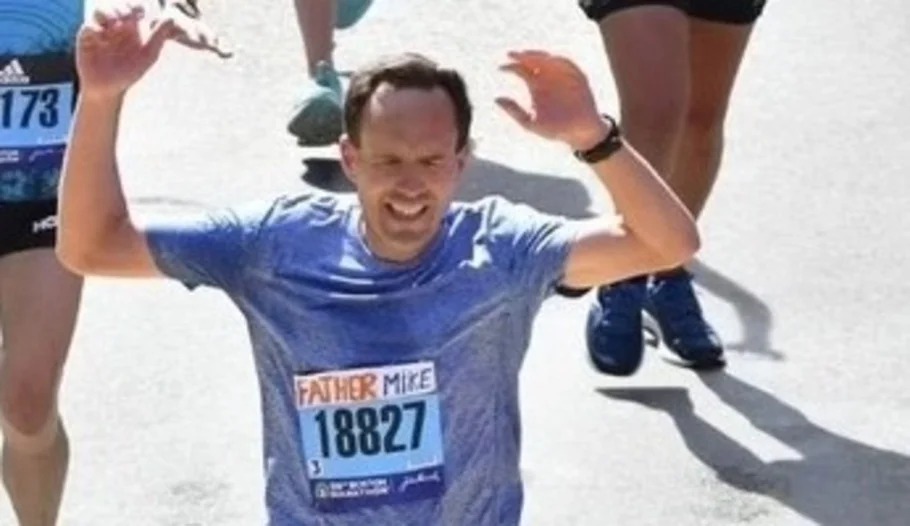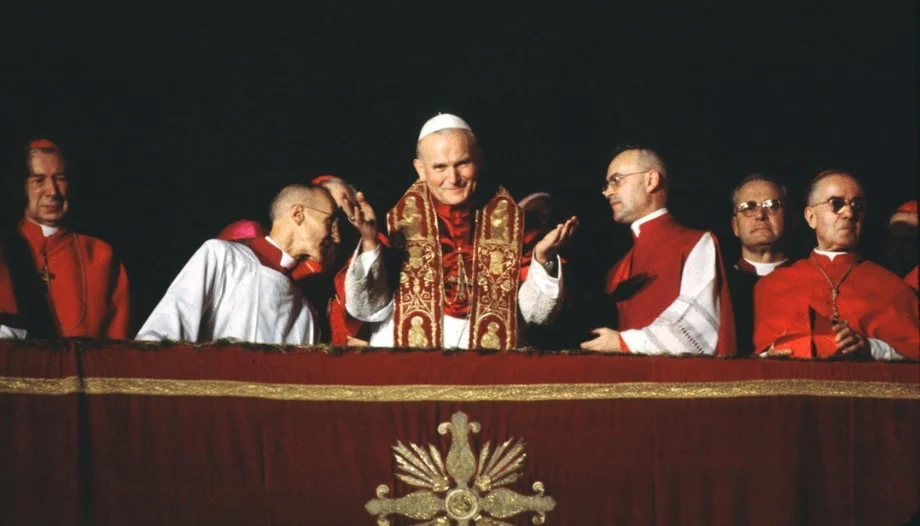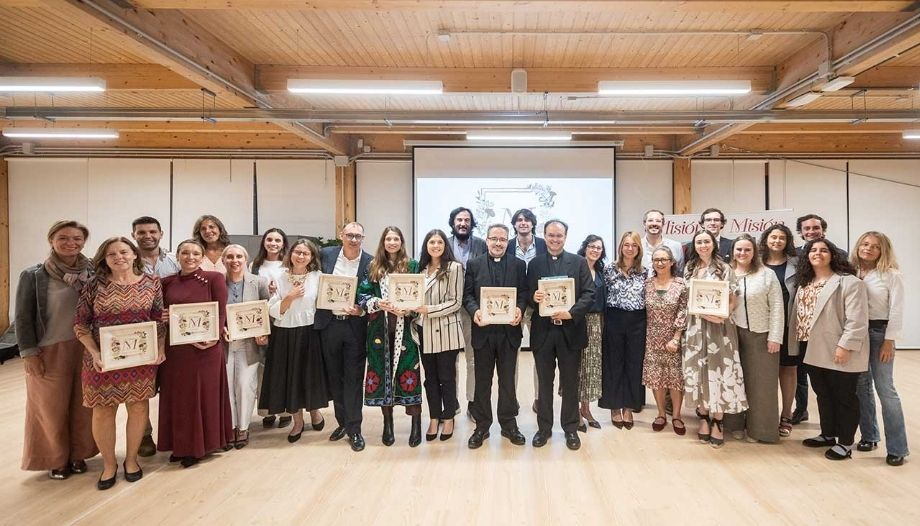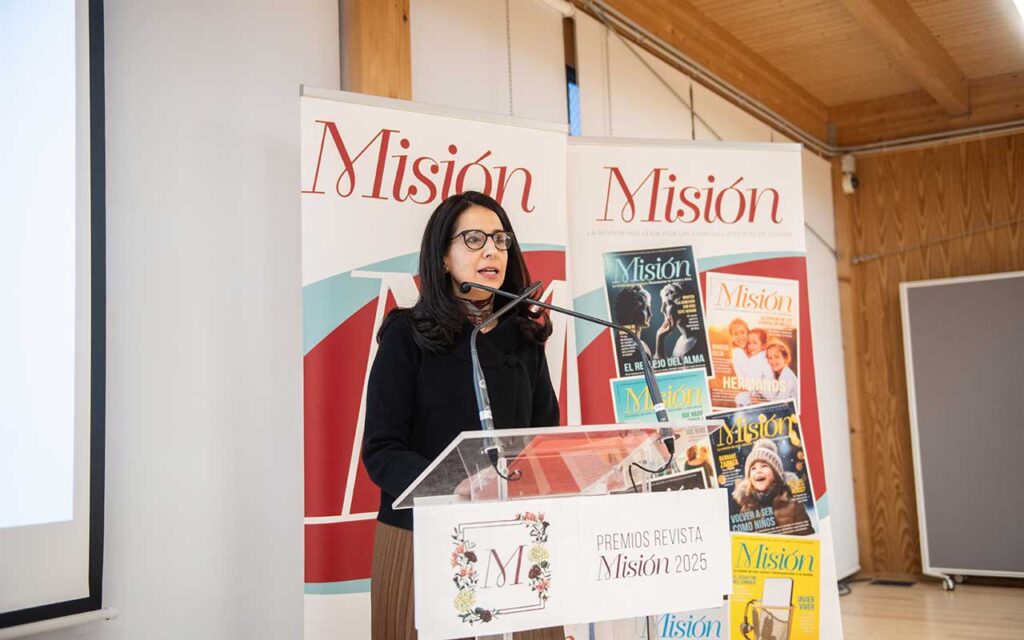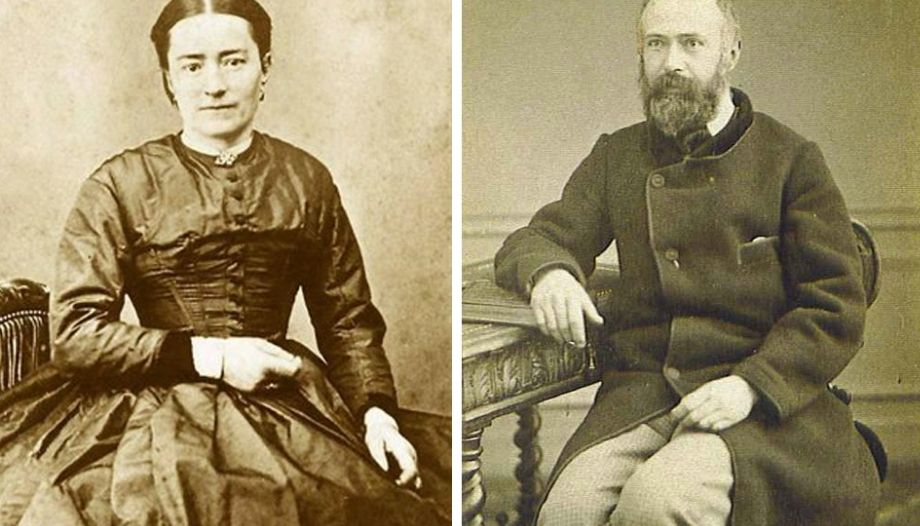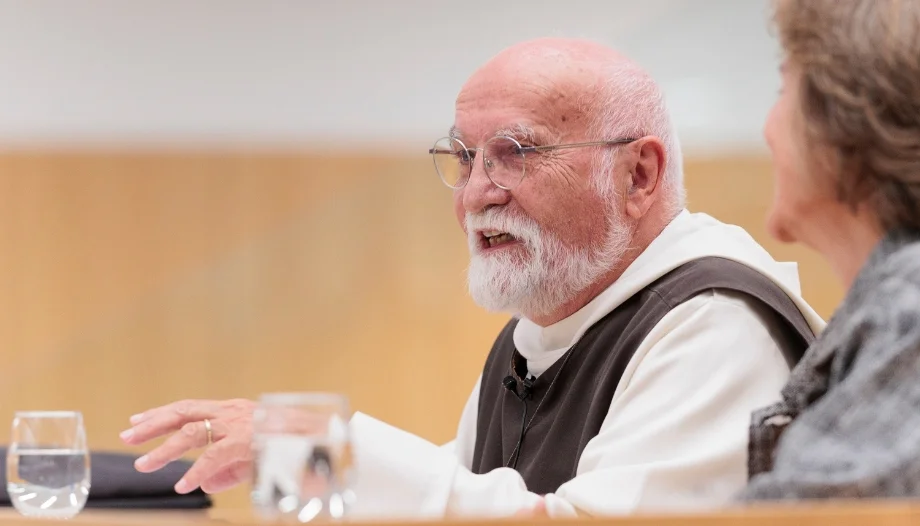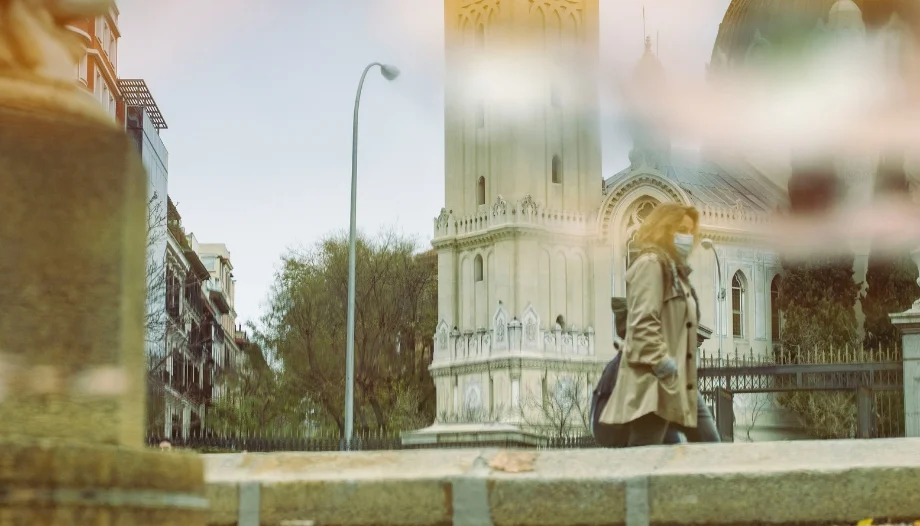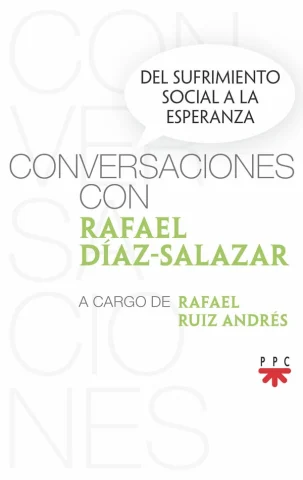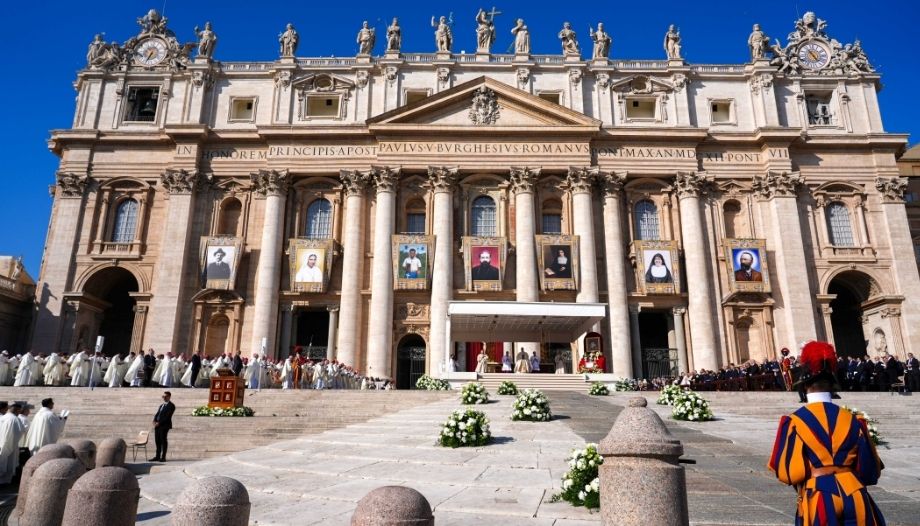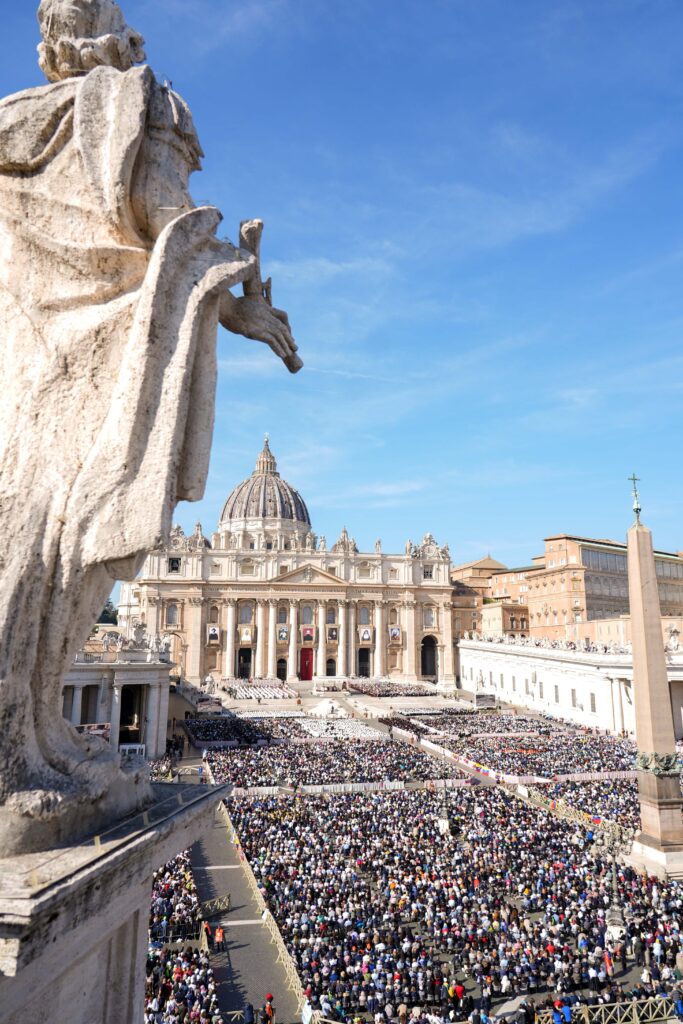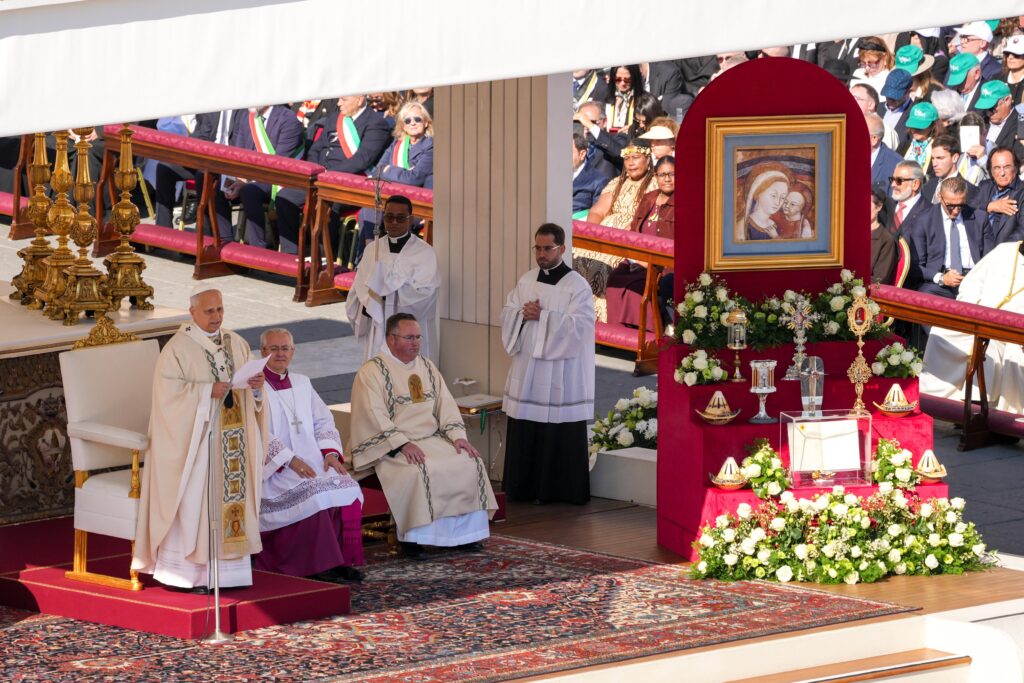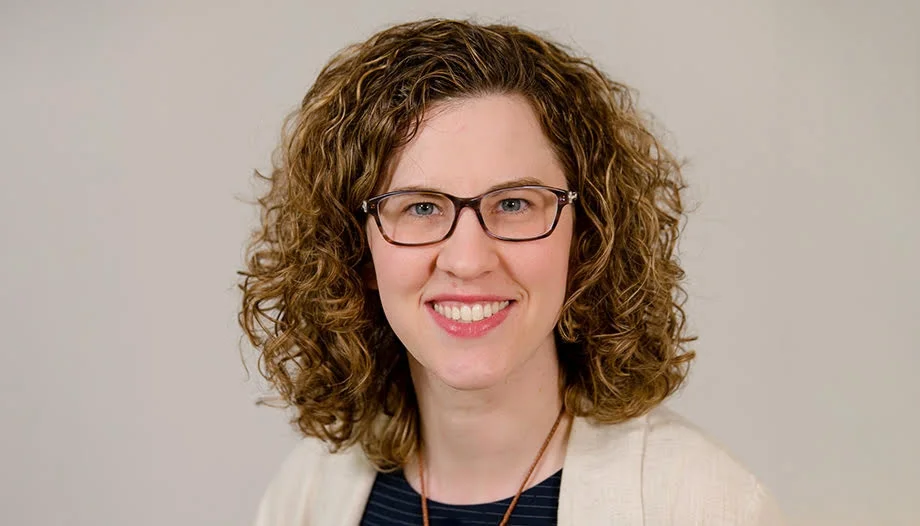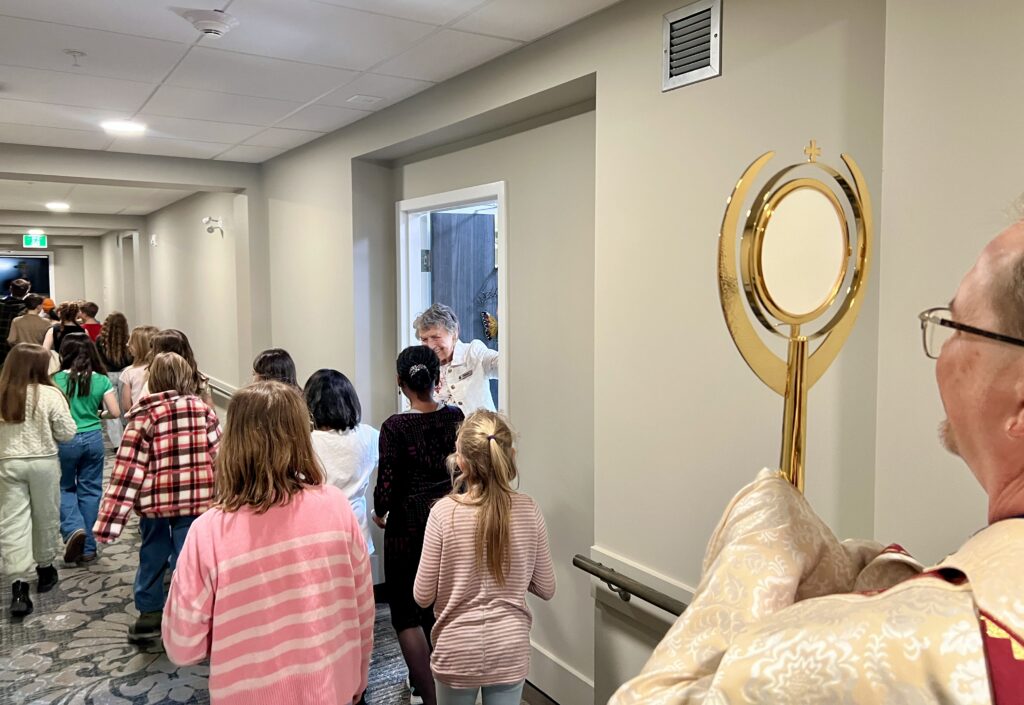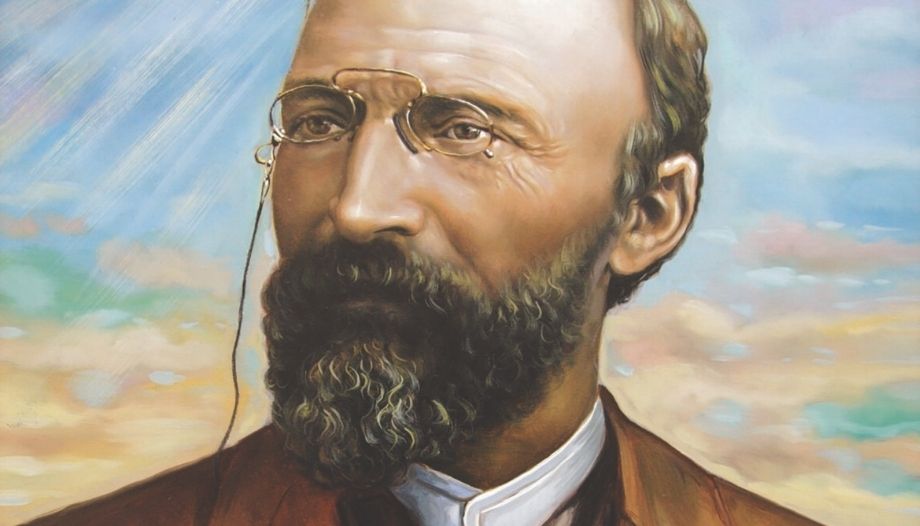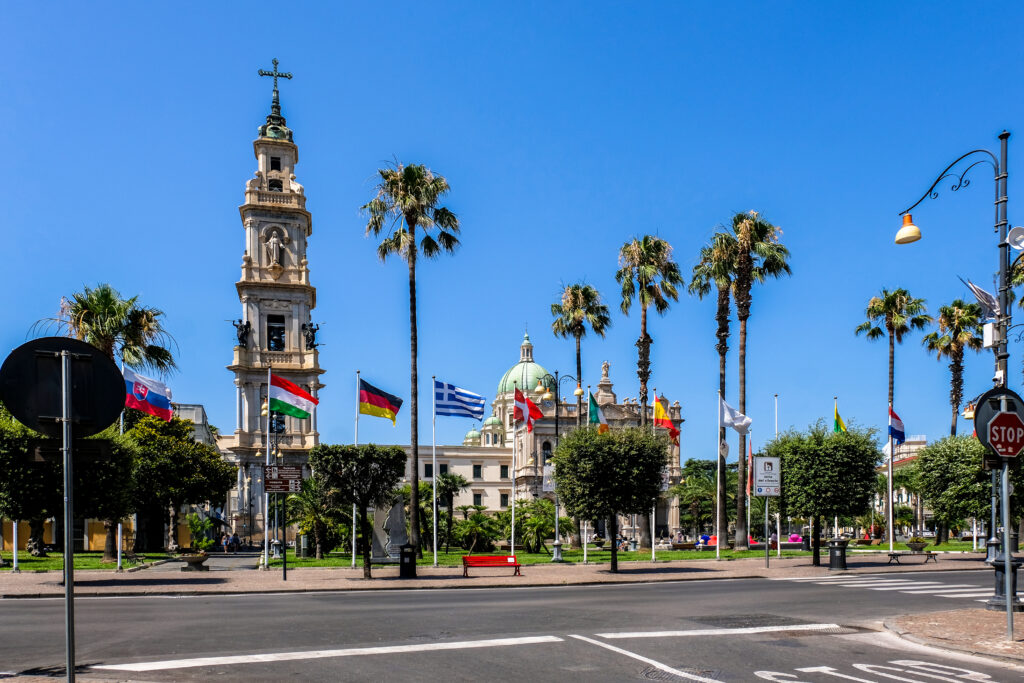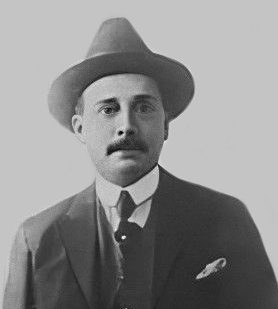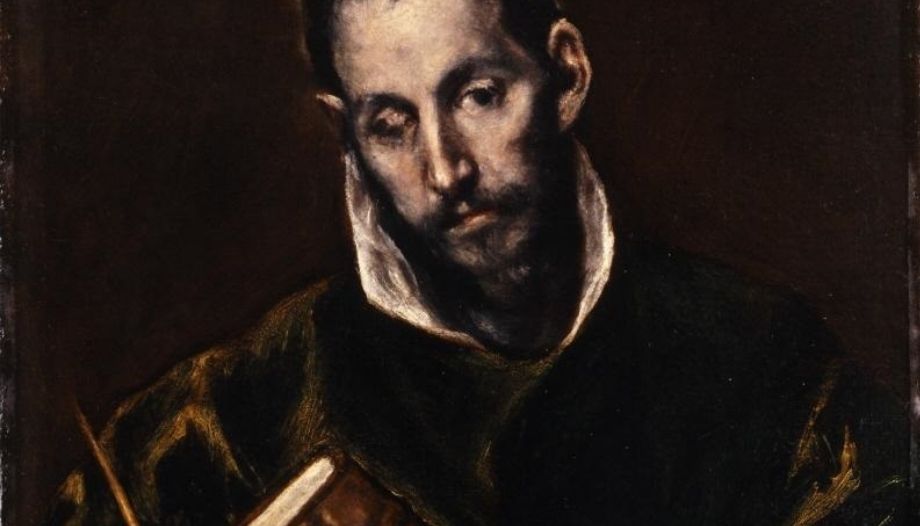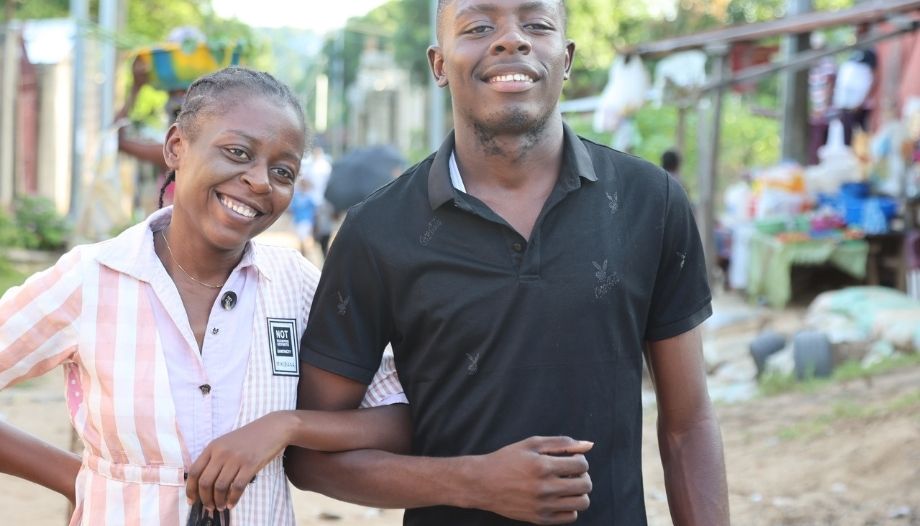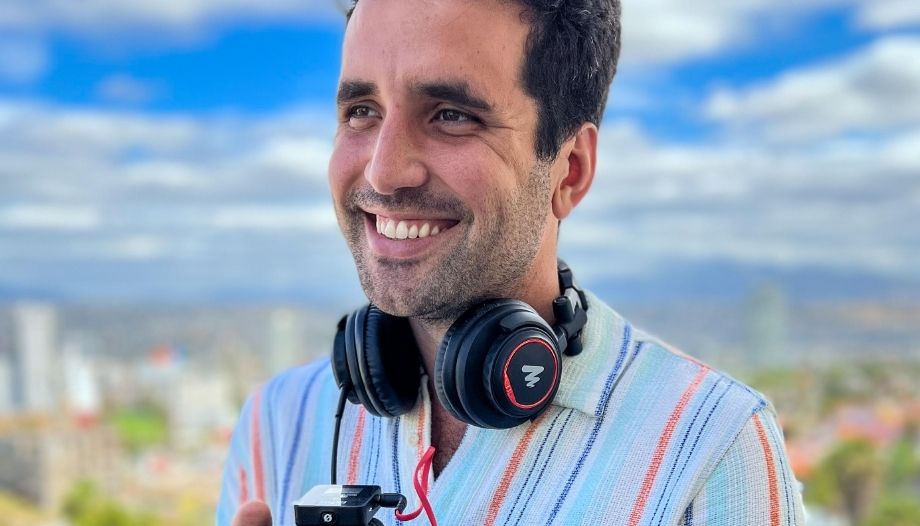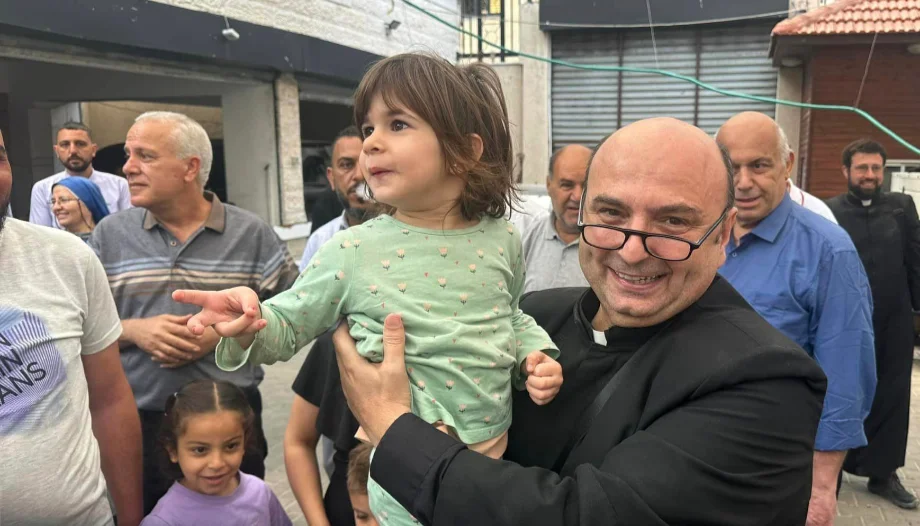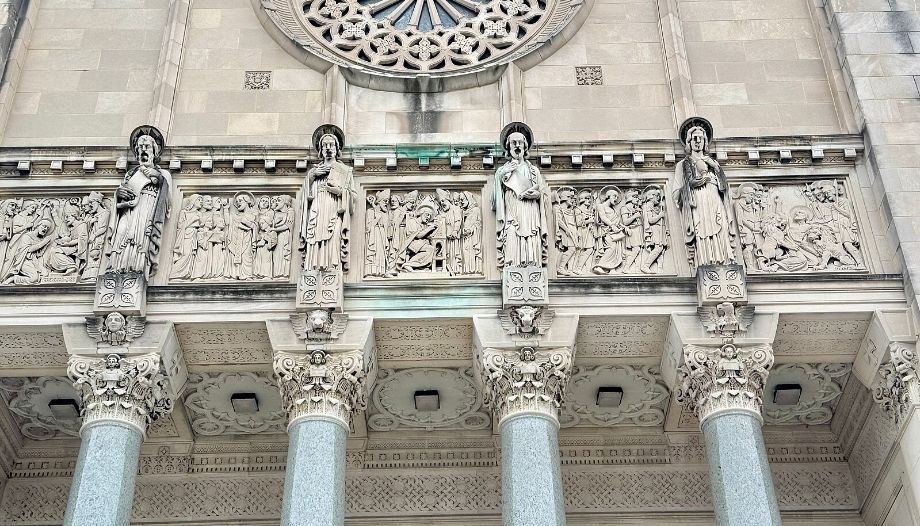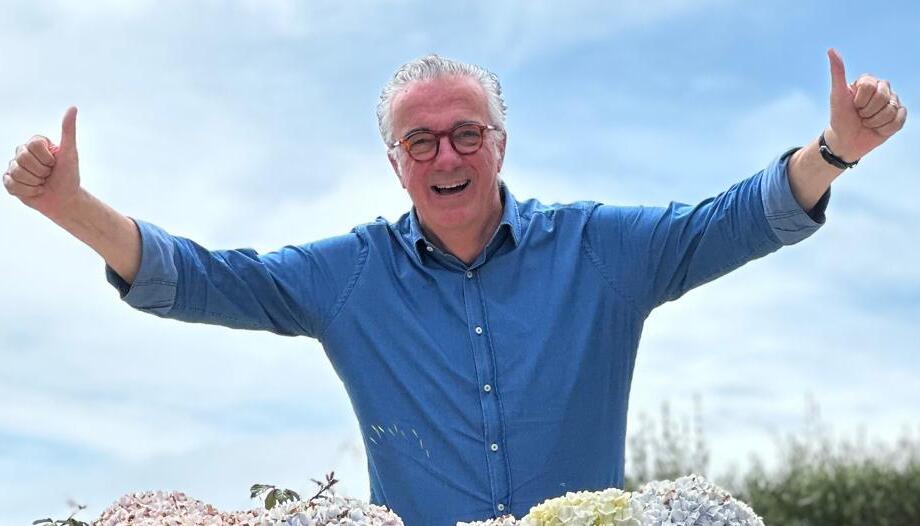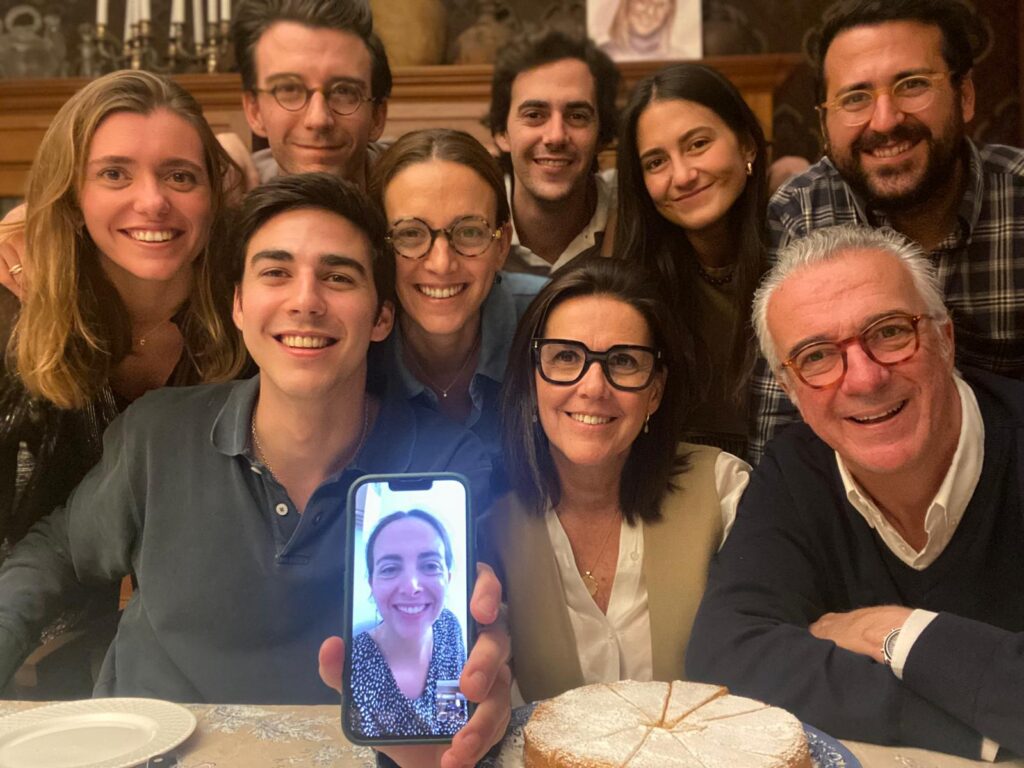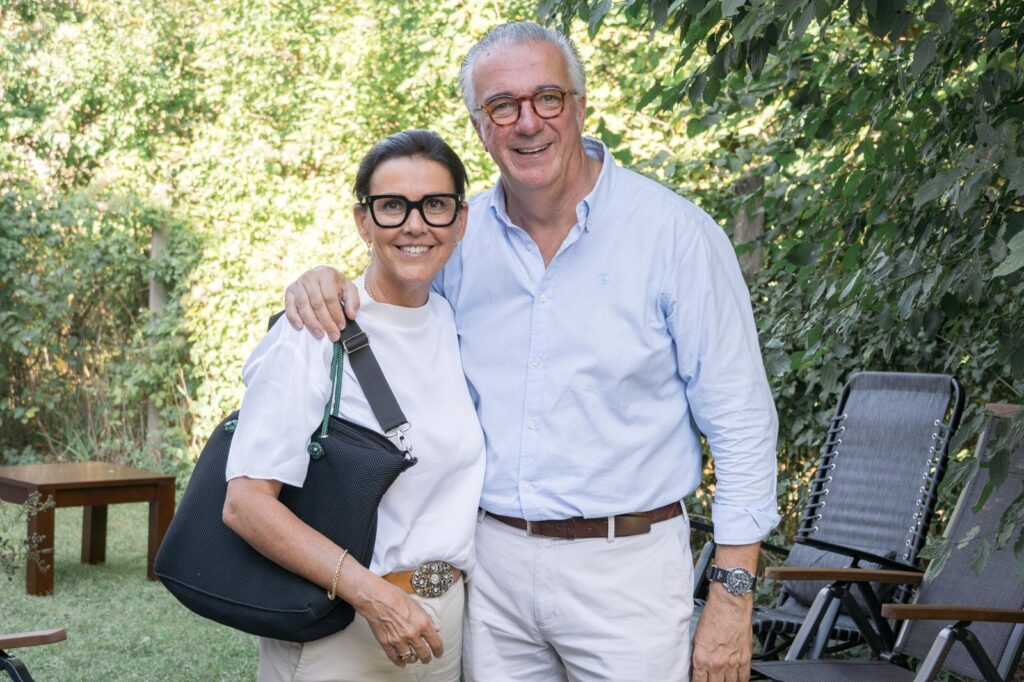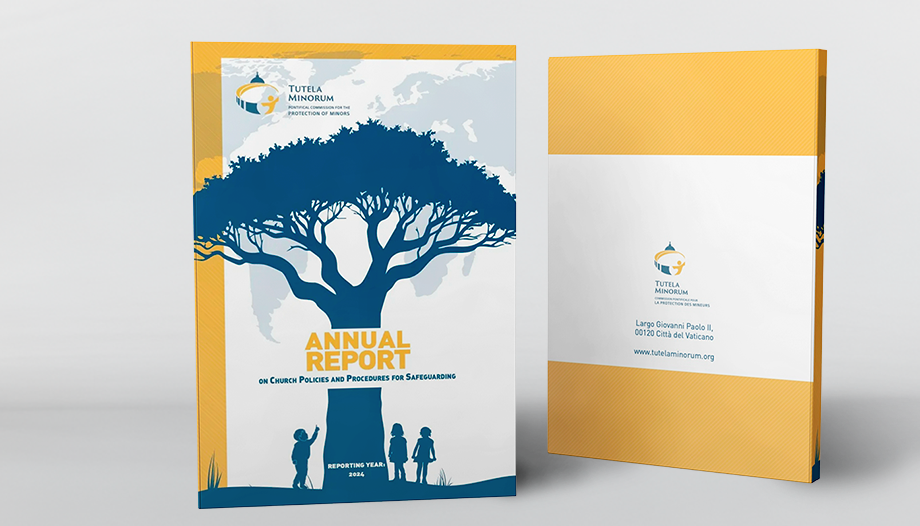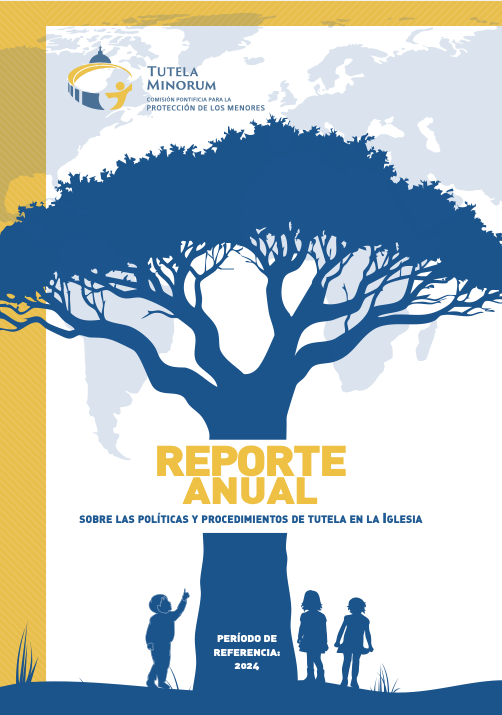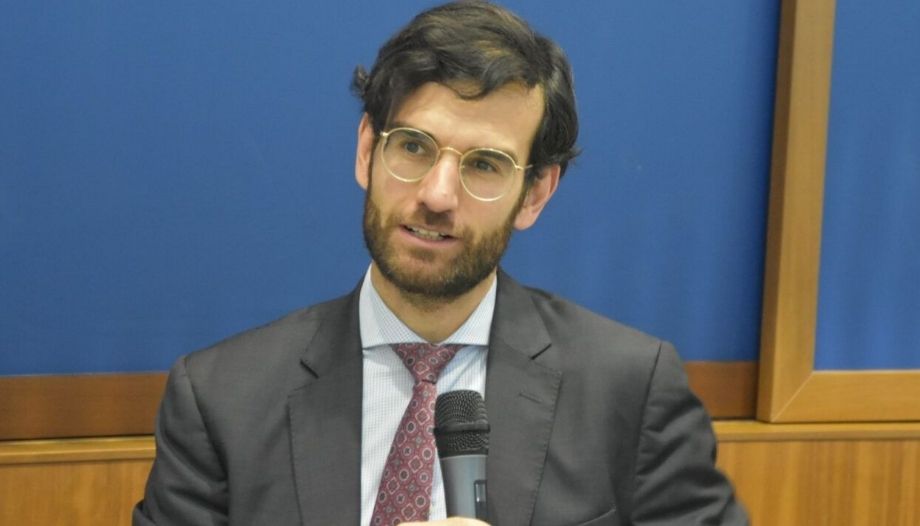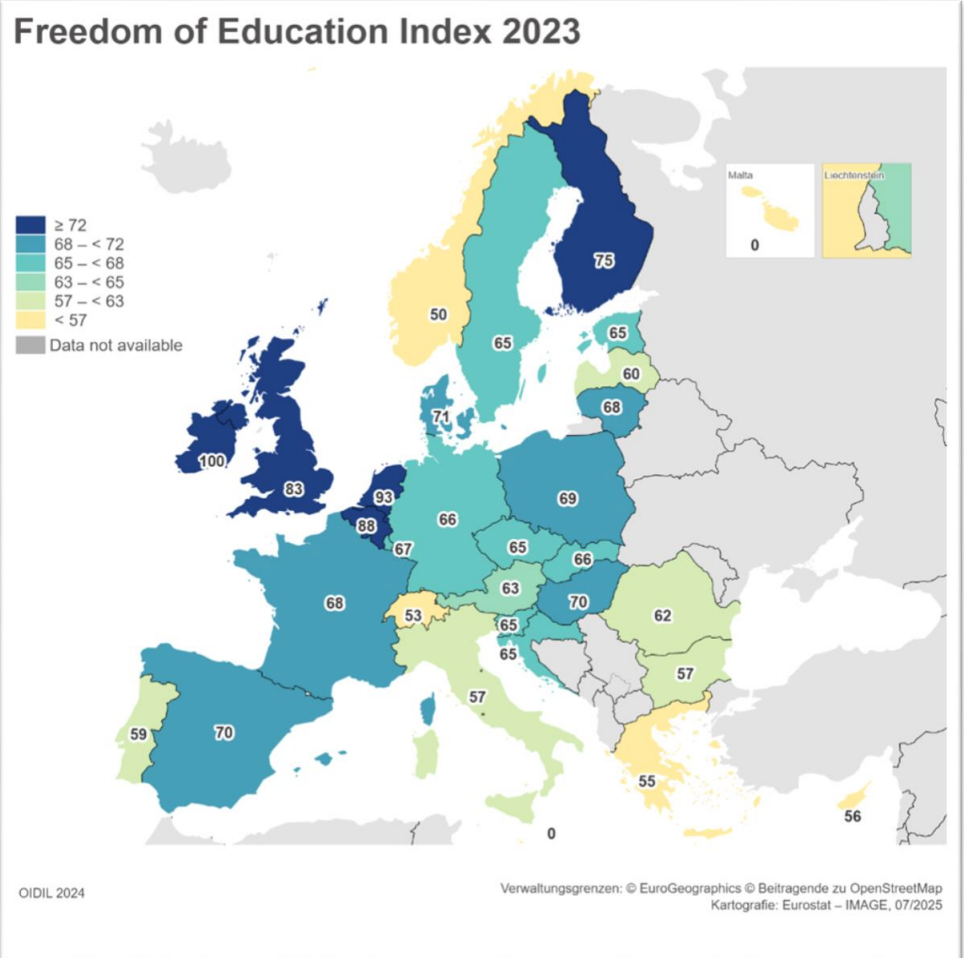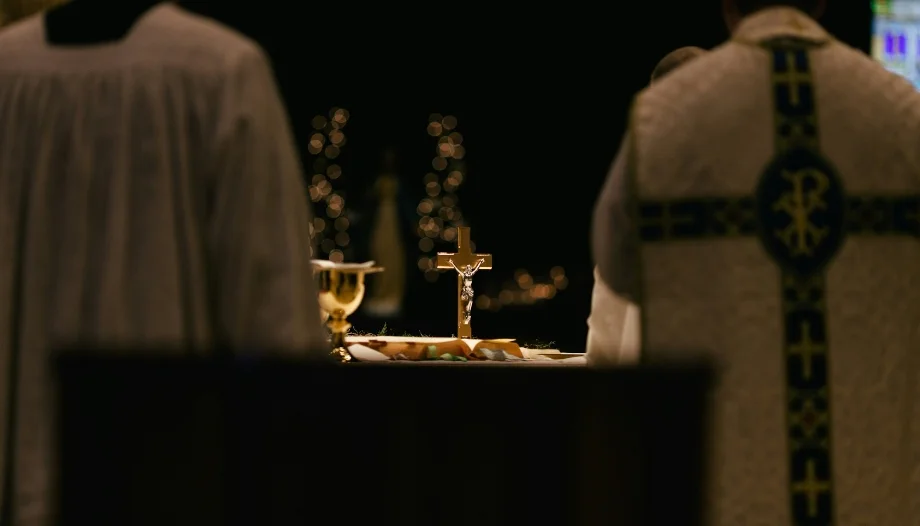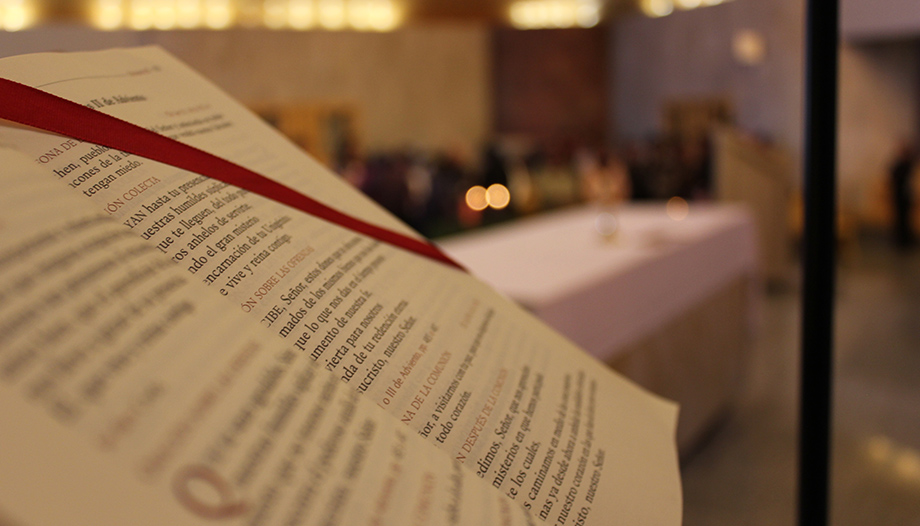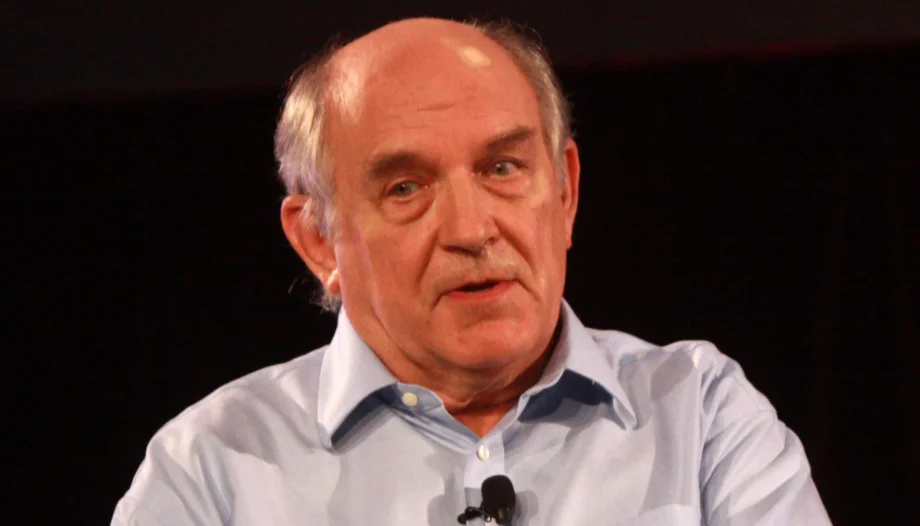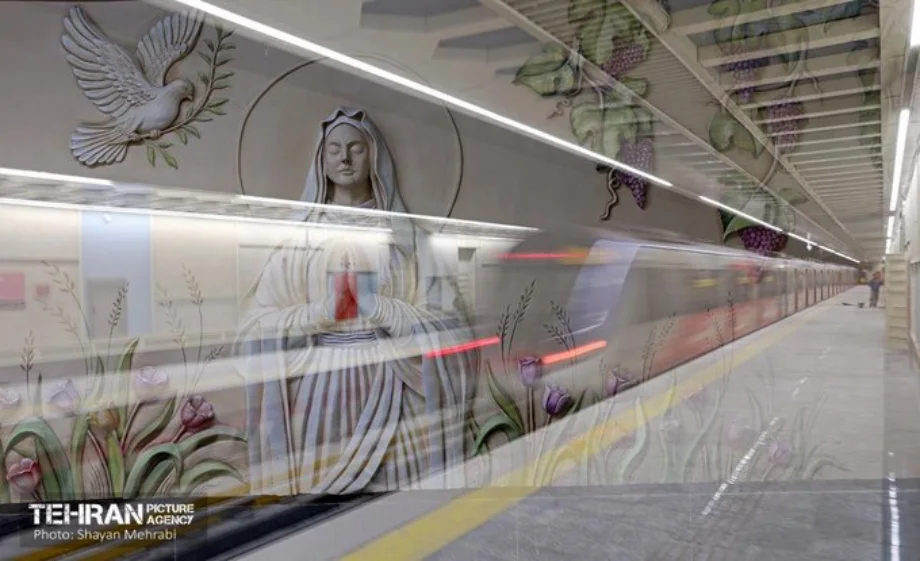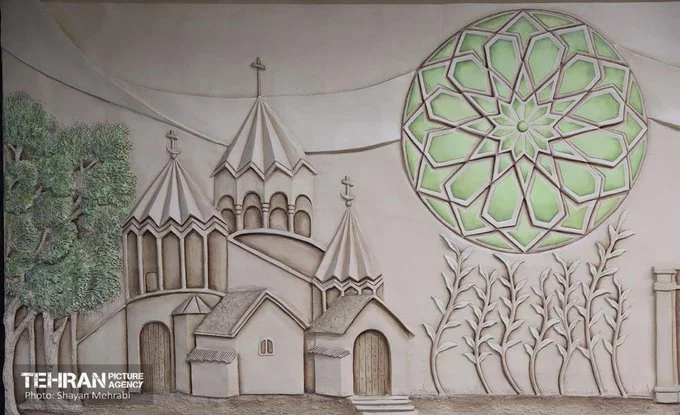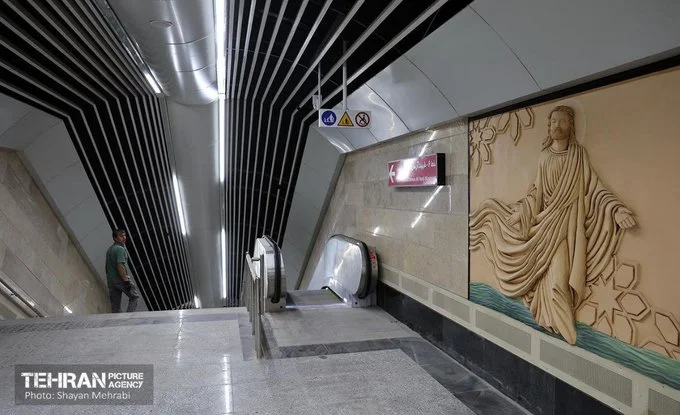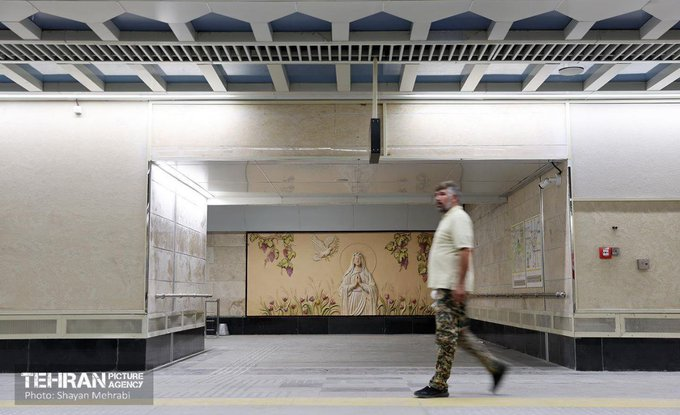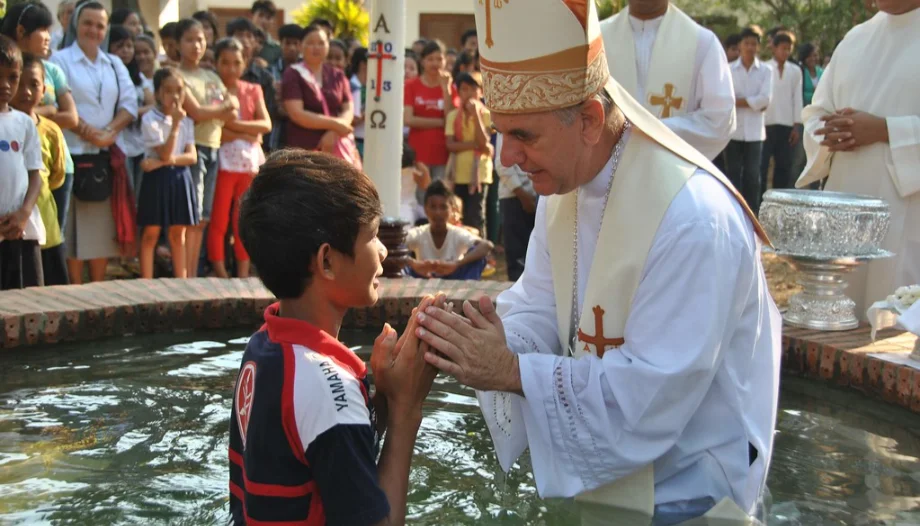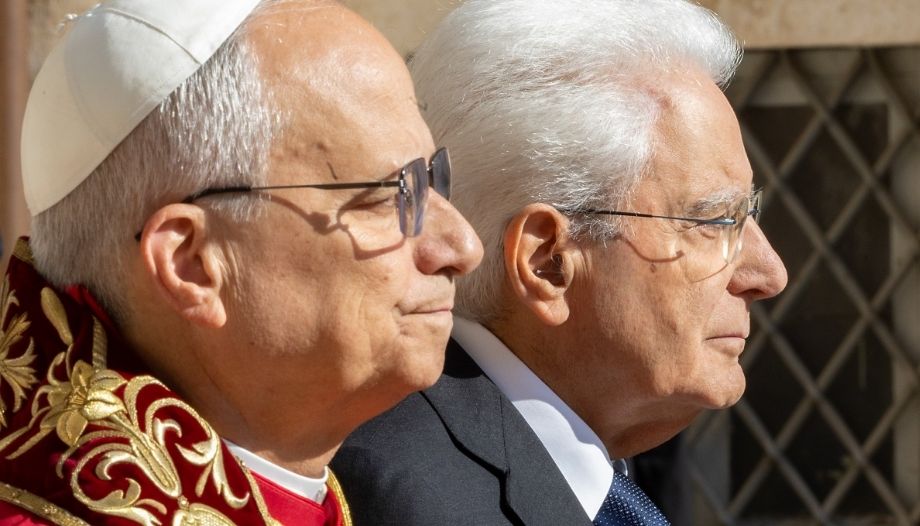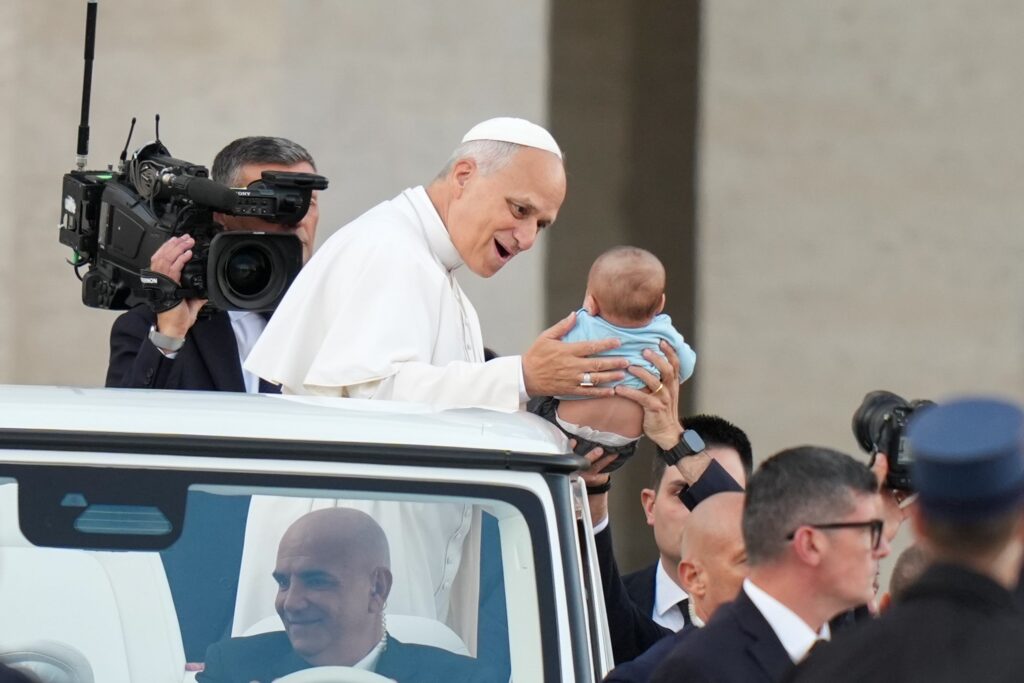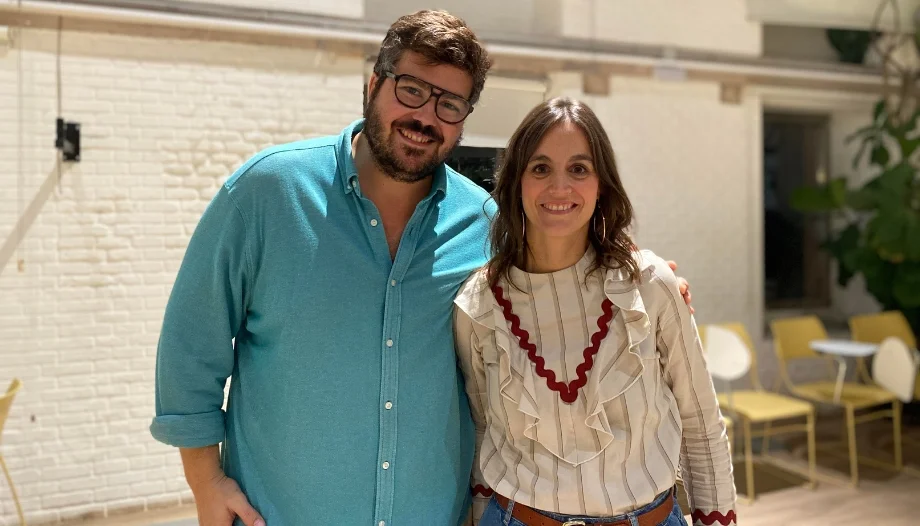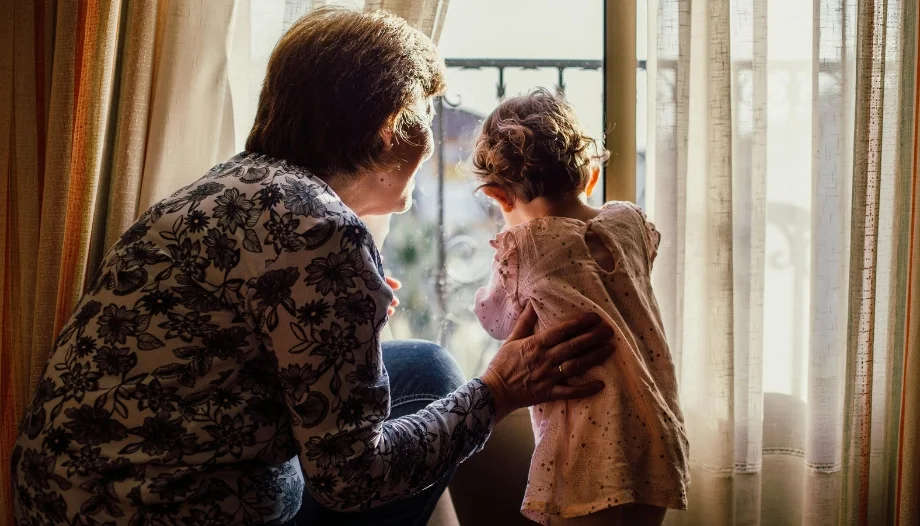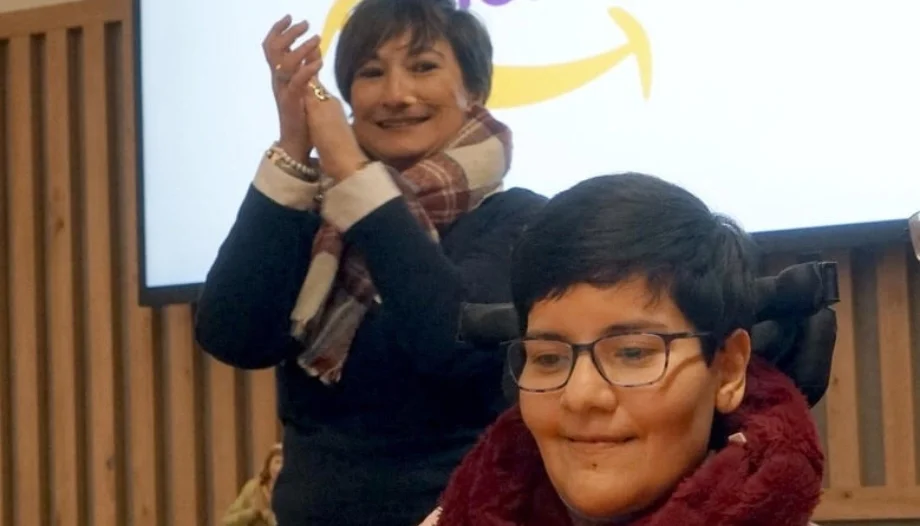Three years after beginning his voyage at the helm of the barque of Peter, St. John Paul II wrote in a letter addressed to Cardinal Agostino Casaroli: "From the very beginning of my pontificate, I have been thinking that the dialogue of the Church with the cultures of our time is a vital field, where the destiny of the world is at stake in this twilight of the twentieth century". Indeed, Pope Wojtyła was well aware of the concern expressed by the Second Vatican Council, which saw culture as a privileged field where the Church should enter into dialogue with the contemporary world. In fact, in 1982 he instituted the Pontifical Council for Culture, and in the preceding months he delivered a series of emblematic speeches that would later be widely quoted. First of all, he gave a speech to the United Nations Educational, Scientific and Cultural Organization (UNESCO) in Paris in June 1980, in which he expounded the principles of an authentic anthropology of culture.
A month later, he addressed representatives of the cultural sphere in Rio de Janeiro with another speech on the role of culture in society. He closed this first cycle of speeches with the words he delivered to an audience of academics at the University of Coimbra in May 1982. From then on, many other exhortations will follow on the occasion of meetings with intellectuals, scientists and representatives of different cultural spheres, in which he will emphasize the human dimension of culture and its projection in society. All this collection of texts forms a vast magisterium that has been the object of attention on different occasions. In this article we summarize the main ideas presented therein.
In his address in Rio de Janeiro, we find a good synthesis of his vision of the relationship between culture and the person, which was also dealt with at length in his speech to UNESCO: "Culture must cultivate man and each man in the extension of an integral and full humanism in which the whole man and all men are promoted in the fullness of each human dimension. The essential purpose of culture is to promote man's being and to provide him with the goods necessary for the development of his individual and social being. All the diverse forms of cultural promotion are rooted in the anime cultureThe culture of thinking and loving, according to Cicero's expression: the culture of thinking and loving, by which man rises to his supreme dignity, which is that of thought, and is externalized in his most sublime gift, which is that of love". Here we can see the two basic ideas that underlie the entire magisterium of St. John Paul II on culture: the relationship between culture and the human person (cultural anthropocentrism) and the relationship between culture and society (social projection of the human spirit).
Culture according to Wojtyła
Karol Wojtyła's first reflections on culture coincide with the years of the Second Vatican Council. It is a lecture he delivered in 1964 and which was published in several articles. In one of them - "The Christian and Culture" - he offered the following description: "The word culture is one of those that are most deeply linked to man, that shape his earthly existence and in a certain way denote his very essence. It is man who creates culture, who needs it, who creates himself thanks to it. Culture constitutes a set of factors in which man continually expresses himself more than in anything else. He expresses himself for himself and for others. The works of culture, which outlast man, bear witness to him. It is a testimony of spiritual life, and the human spirit lives not only because it reigns over matter, but it lives for itself by the contents that are accessible and meaningful only to it. It therefore lives by truth, goodness and beauty, and succeeds in expressing its inner life outside and objectifying it in its works. This is why man, as a creator of culture, gives a particular witness to humanity". And shortly before he was elected Pope, in another article published in 1977 - "The problem of the constitution of culture through the praxis He added: "Culture develops (...) within this autonomous subject [the human person]. Its fundamental current constitutes not so much human productivity as, above all, the human personality, which carries within itself the task of the 'creation of itself', which in turn radiates into the world of products". This idea of culture as irradiation of the human spirit in the world (or, in other words, as the humanization of the world) will be key in his thought. These two brief texts condense his entire anthropological vision of culture, which he would later develop in his Petrine magisterium.
A culture tailored to man
– Supernatural centrality, primacy and defense of the human person is the key to understanding the programmatic discourse that St. John Paul II delivered before UNESCO in mid-1980, which, as we have noted, can be considered a proposal for an anthropological foundation of culture. So much so that, in his own words, "culture is a specific mode of man's 'being' and 'existing'". In other words, culture y humanity identify themselves. "Culture is that through which man, as man, becomes more man, 'is' more, has more access to 'being' -adds this holy Pope- (...) Culture is always in an essential and necessary relationship with what man is". And he concludes: "Man is always the first fact: man is the primordial and fundamental fact of culture".
Shortly afterwards, in his speech at the University of Coimbra, he would express this primacy of the human person - subject and object of culture - in a triple formula: "Culture is from man, from man and to man". The human being as the object, origin and recipient of culture, or in another successful expression, "man as the center and root of all culture". In this sense, culture must reflect the truth about man, and this cannot be understood without the Christological key, the reference to the Model of all humanity is necessary: "If culture is the place in which the human person is humanized and gains ever deeper access to his humanity, it follows that the fundamental condition of all culture is that in it, and through it, the whole man, man in the full measure of his truth, is recognized (...). For the believer, 'only in the mystery of the incarnate Word does the mystery of man find true light... Christ, by revealing precisely the mystery of the Father and of his love, fully reveals man to man himself' (Gaudium et Spes, n. 22)".
Material and spiritual character of culture
There are several consequences that follow from the concept of this concept of culture. Following Heiddeger, Pope Wojtyła considers man to be a "being in the world" and there he develops as a person and embodies or humanizes the surrounding reality through its actions. To this is added the consideration of man as a social, dialogical, relational being, oriented by nature to live in community. In the same way, the Polish Pope shares the vision of Hegel and Scheler, who, starting from the singular human condition (incarnated spirit), understand culture as an expression of the spirit. Concretely, the Wojtylian concept of culture reflects the spiritual and material of cultural manifestations as works of man. In this sense, culture can be considered both a "spiritualization of matter" and a "materialization of the spirit", as he himself explained to UNESCO: "If, according to the nature and content of the products in which culture manifests itself, the distinction between spiritual culture and material culture is relevant, it is necessary to note at the same time that, on the one hand, the works of material culture always bring to the fore a spiritualization' of matterthat there is a submission of the material element to the spiritual forces of man, that is to say, to his intelligence and his will; and that, on the other hand, the works of spiritual culture manifest, in a specific way, a 'materialization' of the spiritan incarnation of what is spiritual. It seems that, in cultural works, this double characteristic is equally primordial and permanent".
Therefore, a true culture would not be one that rejects or omits any of the two ontological dimensions of the human being (bodily and spiritual), fused into an inseparable unity. It is through his character as an incarnated spirit that man humanizes the world. This is how he explained it in Rio de Janeiro: "True culture is humanization (...). Humanization, that is, the development of man, takes place in all the fields of reality in which man is situated, and is situated: in his spirituality and corporeality, in the universe, in human and divine society. (...) Culture refers neither only to the spirit nor only to the body, nor only to individuality, nor only to sociability or universality (...) Culture must cultivate man and each man in the extension of an integral and full humanism in which the whole man and all men are promoted in the fullness of each human dimension. The essential purpose of culture is to promote man's being and to provide him with the goods necessary for the development of his individual and social being". Culture, therefore, is nothing other than the result of man's action in his bodily and spiritual dimension, a projection of his being-person in both the individual and communitarian spheres, the result of a way of being (human) in the world. And it is not a unidirectional dynamic (contribution only) but a bidirectional and multidirectional one (mutual enrichment), because culture, as a melting pot of individual and collective contributions, builds humanity.
Culture as spirit and ethos of a people
As can be seen, in the thought of St. John Paul II there is a line that unites anthropology and sociology in the field of culture. If culture is a manifestation of the human spirit and man is a social being, culture as an expression of humanity takes on a historical and geographical reality and, consequently, is closely linked to a national identity. "Notwithstanding its universal and in a certain sense transcendent character," this holy Pope affirms, "human culture also necessarily has a historical and social aspect" and can be considered "above all a common good of the nation". As a group of persons, a people or a nation share the same spirit, which gives rise to their own culture, created in communion and shared. This is how Pope Wojtyła explained it in the early years of his pontificate: "Culture is the life of the spiritIt is the key that allows access to the deepest and most jealously guarded secrets of the life of peoples; it is the fundamental and unifying expression of their existence, because culture contains the riches, I would say almost ineffable, of religious convictions, of history, of literary and artistic heritage, of ethnological substratum, of attitudes and of the forma mentis of peoples". This being so, culture cannot be considered a mere transmission of knowledge and theoretical or practical knowledge of an identitary nature; it also implies the transmission of moral knowledge. "Full culture," St. John Paul II explains, "includes moral formation, education for the virtues of individual, social and religious life. Thus, uniting the social and ethical dimensions, culture can be defined - in the words of this same Pope - as "the set of principles and values which constitute the ethos of a people" and therefore forms part of the common good of a nation or of any human community.
Characteristics of a fully human culture
From the above ideas, St. John Paul II draws some of the features of a fully human culture: its communicative natureits universalityits ability to humanize and, finally, its transcendent character. He developed the first three features in a speech he delivered in Buenos Aires in May 1987. "I am thinking, [in the first place], of the communication of culture itself. Indeed, everything that man knows and experiences in his inner self - his thoughts, his concerns, his projects - can be transmitted to others to the extent that he succeeds in expressing it in gestures, symbols and words. Usages, traditions, language, works of art, sciences, are channels of mediation among men, both among contemporaries and in a historical perspective, since, insofar as they are transmitters of truth, beauty and reciprocal knowledge, they make possible the union of wills in the concerted search for solutions to the problems of human existence". To such an extent communication y culture They are so closely identified that it is difficult to think of one without the other: "Communication generates culture and culture is transmitted through communication," he concludes.
Secondly, we find its universal character. "This is an aspect of culture closely linked to the previous one," Pope Wojtyła continued. Culture, in fact, by bringing man into contact with concerns, ideas and values that have their origin in other places and times, helps to overcome the limited vision, the fruit of an exclusive dedication to a particular area. On the other hand, although culture is also a phenomenon localized in a specific area, it always allows us to be in connection with universal aspects, which affect all men. A culture without universal values is not a true culture.
The third feature of culture is its ability to humanizeThis is the most important property, because communication becomes possible when there are universal values, and universal values become effective when, thanks to culture, they serve the whole man. The purpose of culture is to give man a perfection, an expansion of his natural potentialities. Culture is that which impels man to respect his fellow men more, to occupy his free time better, to work with a more human sense, to enjoy beauty and to love his Creator. Culture gains in quality, in human content, when it puts itself at the service of truth, goodness, beauty, freedom, when it contributes to live harmoniously, with a sense of order and unity, the whole constellation of human values".
Finally, as a feature that underlies the previous ones, this saintly pope underlines the openness to the transcendence.. There are several references to this aspect in other speeches: "In order to create culture," he will say before UNESCO, "it is necessary to consider man as a particular and autonomous value, as the bearer of the transcendence of the person", because "culture is rooted in the 'naturally religious soul' of man". And he will add on another occasion: "Culture, in fact, (...) must lead man to his full realization in his transcendence over things; it must prevent him from being dissolved in materialism of any kind and in consumerism, or from being destroyed by a science and a technology at the service of greed and violence of oppressive powers, enemies of man". Thus, "a culture that refuses to refer to God loses its own soul and becomes disoriented, transforming itself into a culture of death".
Culture and evangelization
It is therefore understandable that culture can be defined as "a meeting place" between faith and reason, between faith and human creativity. St. John Paul II has reflected much on the relationship between faith and culture. In addition to his speech in Buenos Aires, the following stand out, among others: his address to the participants in the First National Congress of the Ecclesial Movement of Cultural Commitment (1982); his message on the occasion of the XVIII World Communications Day: Social communications, an encounter between faith and culture (1984); and the address to the IV General Conference of the Latin American Episcopate (1992), in the year in which the fifth centenary of the discovery of America was commemorated. In addition to these, there were some addresses to the members of the Pontifical Council for Culture and other magisterial documents such as the Apostolic Exhortation Catechesi Tradendae (1979) and the Encyclical Redemptoris Missio (1990). All his thinking in this regard could be summarized in the phrase: "A faith that does not become culture is a faith not fully accepted, not fully thought, not faithfully lived".
Hence, during his pontificate, St. John Paul II made a strenuous effort to advance along two lines: the "evangelization of cultures" and the "inculturation of the Gospel". "How to make the response to today's man accessible, penetrating, valid and profound, without altering or modifying in any way the content of the Gospel message, how to reach the heart of the culture we wish to evangelize, how to speak of God in a world in which a growing process of secularization is present?" asked Pope Wojtyła himself on one occasion. And he himself offered the answer. First of all, he emphasizes the primacy of Jesus Christ in the Gospel messagebecause "to evangelize is to proclaim a person, who is Christ". Secondly, the receptive, dialogic and patient attitudeThe third point is that the "adveniente culture" (the one that brings the faith) should be far removed from any air of superiority or imposition, so that the "adveniente culture" (the one that brings the faith) can soak into the "already existing cultures" in a natural way, and so that "all that is profoundly human and humanizing in them" can be assimilated and brought to the fore. Thirdly, he underlines the love for the human beingwhich is manifested in the defense of his dignity as a rational and free being, and in the search for peace and social communion, because "in urging us to evangelize, our faith urges us to to love man in himself". Finally, he insists on the need to find new creative ways to present Christ's message to the men and women of our time. In particular, this holy Pope stresses "the need to mobilize the whole Church in a creative effort, with a view to a renewed evangelization of people and cultures(...) This is a cultural and evangelical project of prime importance".
St. John Paul II, "theologian of culture".
This brief synthesis of the magisterium of St. John Paul II on culture is sufficient to appreciate the great depth of his reflections. It is not in vain that Cardinal Avery Dulles went so far as to call him "a theologian of culture. Indeed, this holy Pope offers an idea of culture that is consistent with an anthropology based on the greatness of man as imago Deia creature that acts as the center and measure (origin, end and object) of every cultural expression, so that, as Francesco Botturi points out, "in the anthropological vision of Pope John Paul II, culture constitutes the figure synthetic of the human being". The work of man through culture possesses a power that radiates both ab intra (perfects the person and contributes to his or her fullness) as well as ab extra (it transforms the world by humanizing it). In its social dimension, it constitutes the spirit and the ethos of a people, an inescapable part of its identity. At the same time-and consequently-true culture respects human dignity and is open to transcendence. It is a culture that acts as a place of encounter and dialogue between the Church and contemporary man, and which remains a key areopagus for the new evangelization.
Irradiation of humanity in the world
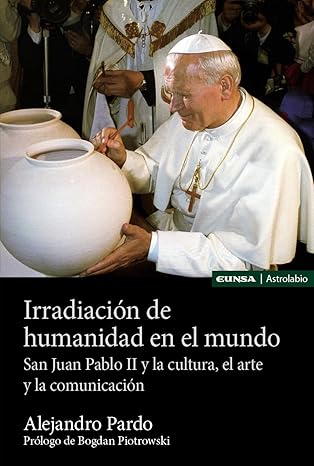
Author: Alejandro Pardo
Editorial: Eunsa
Pages: 400
Year: 2025
The authorAlejandro PardoPriest. Doctor in Audiovisual Communication and Moral Theology. Professor of the Core Curriculum Institute of the University of Navarra.




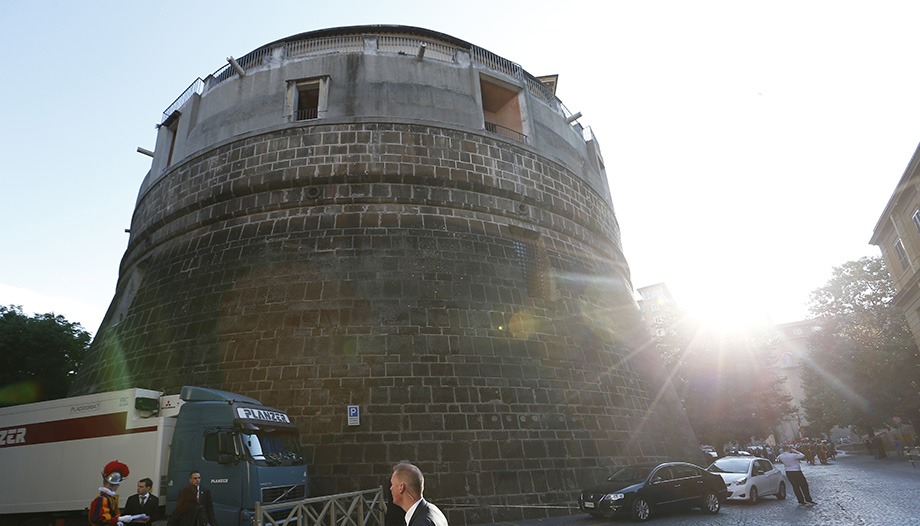
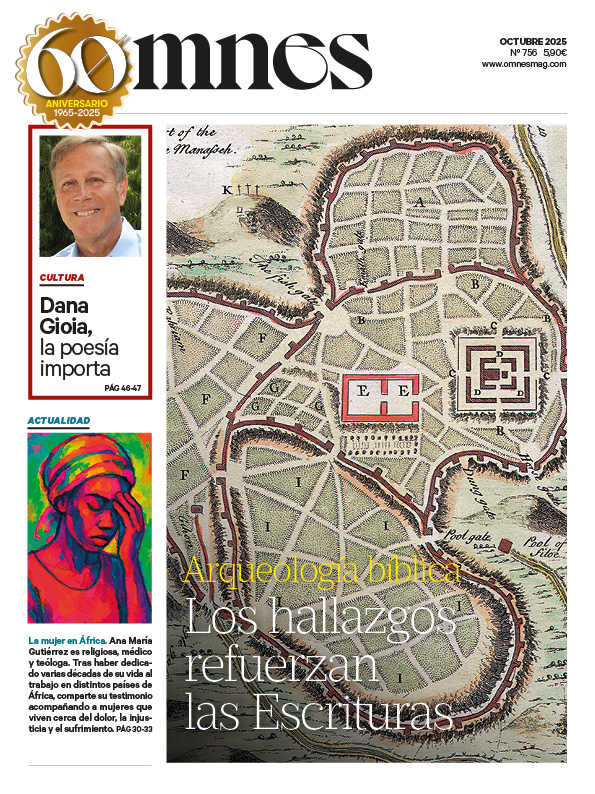


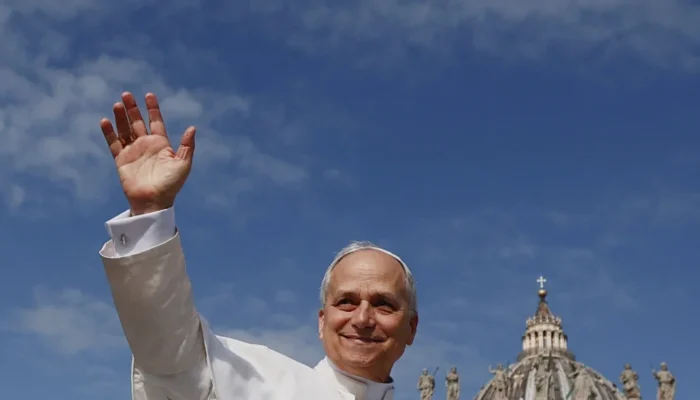
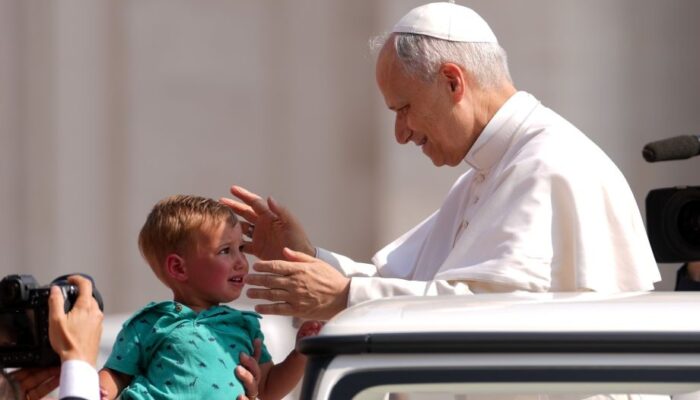
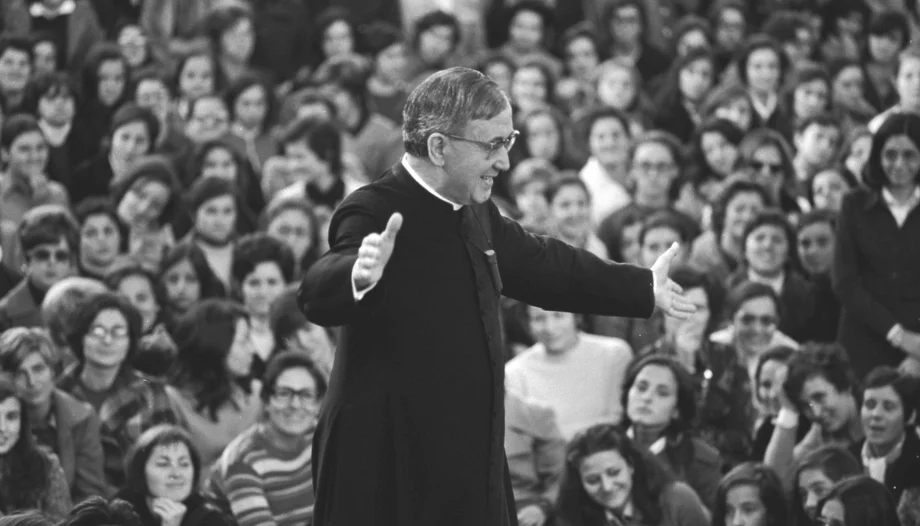
 5 tips from Jacques Philippe to keep hope alive
5 tips from Jacques Philippe to keep hope alive